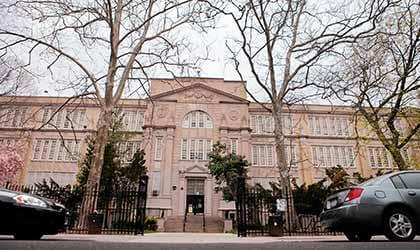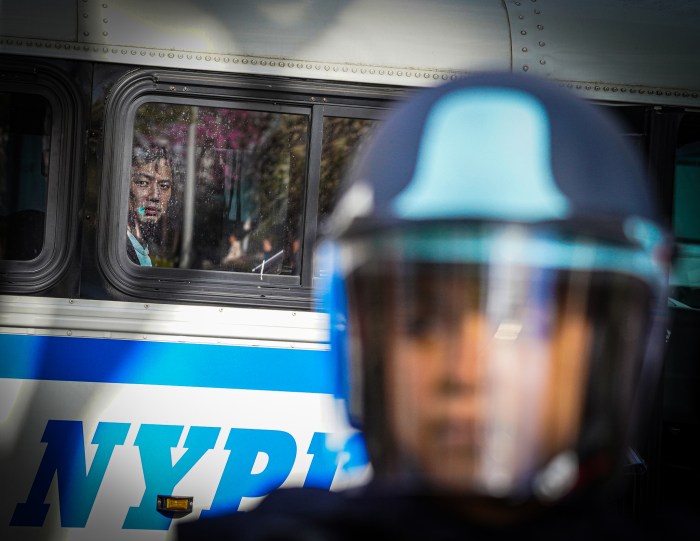By Joe Anuta
After the state identified a Ridgewood High School as one of the city’s underperforming schools, teachers were hoping for the least-drastic solution to the problem, but the city might have other plans.
At the end of the month, the city Department of Education will decide whether Grover Cleveland HS, at 21-27 Himrod St., will simply reorganize most of its current staff, make a more noticeable change or even be forced to close.
“We are being very careful to evaluate each school on its merits,” said Jack Zarin-Rosenfeld, a spokesman for the department. “We want this to be a case-by-case basis.”
Grover Cleveland’s case began in December after the state released a list of the city’s 53 persistently lowest-performing schools that could receive federal School Improvement Grants.
For New York state to receive grant money, it had to identify the bottom 5 percent of schools that get Title I funding, which is given to schools that serve low-income areas.
Since Grover Cleveland was on the list, it has four possible ways to improve its graduation rates:
1. The school can simply close and, due to the No Child Left Behind law, students can go to higher-performing schools in the area.
2. The school could be replaced with a charter school.
3. The school could go through a “turnaround,” where more than 50 percent of the staff is replaced and the new and remaining staff are given incentives to stay. The school hours might also be extended and outreach programs made more abundant.
4. But the option that has proved the most desirable for teachers is the transformation model. Under this approach, the principal must still be removed, but the school does not necessarily have to replace more than 50 percent of teachers. Instead, they would have to be evaluated on their performance.
Brian Gavin, the union representative for Grover Cleveland HS, said the graduation rate for the school is artificially low since many students do not speak English as a first language and therefore cannot graduate in the normal four years.
“It’s very easy to manipulate the numbers,” Gavin said. “The numbers are disputed between the school and the city. They are saying our graduation rate is lower than it actually is.”
That is why Gavin thinks the school should be given the least drastic option to raise graduation rates.
Gavin said many students graduate during the summer, which is not included in the DOE’s assessment. In addition, Gavin said the graduation rate is for four-year students, while 70 percent of Grover Cleveland students do not speak English as a first language. Some of them need longer than four years to graduate from high school.
“If you look at the five- or six-year graduation rate, it’s much higher,” Gavin said.
But the government program stipulated only half of the 53 schools in New York City could use the transformation option.
The DOE has already designated 11 schools, including Flushing, Long Island City and Queens Vocational and Technical high schools in Queens, as transformation schools, which means there are only 16 more slots for 42 more schools.
“It’s fair to say that not every school will get transformation,” Zarin-Rosenfeld said.
Reach reporter Joe Anuta by e-mail at januta@cnglocal.com or by phone at 718-260-4566.
































